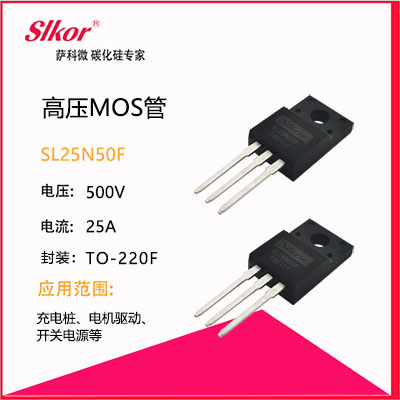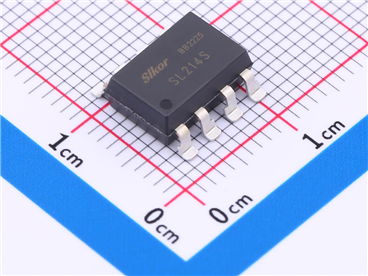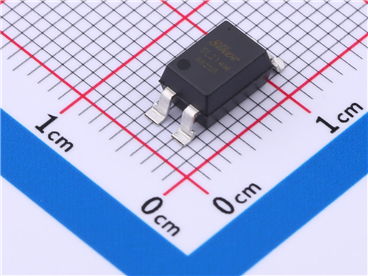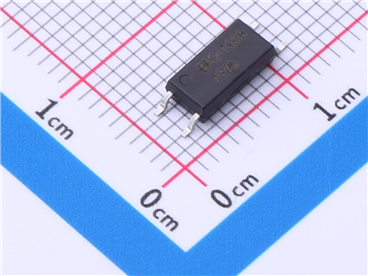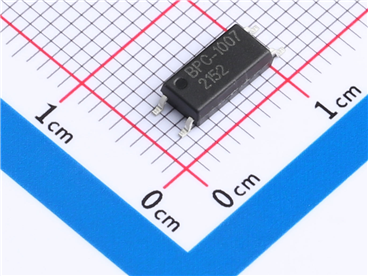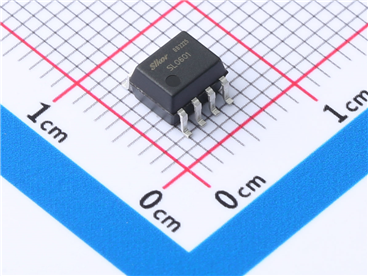How to select mosfet field effect transistor correctly
Field effect transistors are widely used in analog circuits and digital circuits, which are closely related to our life. The advantages of FET are: First, the driving circuit is relatively simple. The driving current required by FET is much smaller than that of BJT, and it can usually be directly driven by CMOS or open collector TTL circuit. The switching speed of field effect transistor is relatively fast, and it can work at a higher speed because there is no charge storage effect. In addition, the FET has no secondary breakdown failure mechanism, so it has stronger durability at higher temperature, lower possibility of thermal breakdown, and better performance in a wider temperature range. Field effect has been widely used in portable digital electronic products such as consumer electronics, industrial products, electromechanical equipment, smart phones, etc.
In recent years, with the wide use of FET products in automobile, communication, energy, consumption, green industry and other industries, it has developed rapidly in recent years. Power FET has attracted much attention. In the future, FET will still occupy a dominant position. Field-effect transistors will still be the devices that many engineers who have just entered this field will come into contact with. Next, Micro BiSemiconductor will discuss some basic knowledge of field effect transistors, including the selection and introduction of key constants, system and heat dissipation considerations. First, the basic choice of FET
There are two types of FET: N-channel and P-channel. The first step is to decide whether to use N-channel or P-channel MOS transistor. In a typical power supply application, when the MOS transistor is grounded and the load is connected to the power supply voltage, the MOS transistor is configured as a low-voltage side switch. In the low-voltage side switch, considering the voltage required to turn off or turn on the device, N- channel MOS transistor should be used. When the metal oxide semiconductor transistor is connected to the bus and the load is grounded, it should be turned on and off at the high voltage side. This topology usually adopts P- channel MOS transistor, which is also driven by voltage.
Determine the required rated voltage or the maximum voltage that the equipment can withstand. The higher the rated voltage, the higher the device cost. According to practical experience, the rated voltage should be greater than the power supply voltage or bus voltage. In this way, sufficient protection can be provided to prevent the MOS tube from failing. In terms of selecting metal oxide semiconductor transistors, it is necessary to determine the possible maximum voltage between the drain and the source, that is, the maximum VDS. It is very important to know that the maximum voltage that MOS tube can withstand will change with temperature. We must test the voltage range over the whole operating temperature range. The rated voltage must have enough margin to cover this variation range to ensure that the circuit will not fail. Other safety factors to consider include voltage transients caused by switching electronic devices (such as motors or transformers). The rated voltage of different applications is also different; Generally, the portable equipment is 20V, the FPGA power supply is 20 ~ 30 V, and the 85 ~ 220 VAC application is 450 ~ 600 V. The MOS tube designed by Kia Semiconductor has strong withstand voltage and wide application fields, and is favored by customers. 2. Determine the rated current of MOS tube
The rated current should be the maximum current that the load can bear under any circumstances. Similar to the voltage situation, even if the system generates peak current, it is necessary to ensure that the selected MOS transistor can withstand this rated current. The two current situations considered are continuous mode and pulse spike. In the continuous conduction mode, the metal oxide semiconductor transistor is in a stable state, and the current continuously flows through the device. Pulse spike refers to a large number of surges (or spikes) flowing through the device. Once the maximum current under these conditions is determined, it is only necessary to directly select the device that can withstand the maximum current.
After the rated current is selected, the conduction loss must also be calculated. Actually, the metal oxide semiconductor transistor is not an ideal device, because there will be power loss in the conduction process, which is called conduction loss. The MOS transistor is like a variable resistor in "conduction", which is determined by the RDS(ON) of the device and changes significantly with temperature. The power consumption of the device can be controlled by Iload2× RDS(ON) calculation. As the on-resistance changes with temperature, the power loss will also change proportionally. The higher the voltage VGS applied to the MOS transistor, the smaller the RDS(ON) will be. Otherwise, RDS(ON) will be higher. Note that the RDS(ON) resistance will rise slightly with the current. Changes of various electrical and pneumatic parameters about the (on) resistance of the radio data system can be found in the technical data sheet provided by the manufacturer. Third, the next step in selecting MOS tubes is the heat dissipation requirements of the system.
Two different situations must be considered, namely, the worst case and the real situation. It is recommended to adopt the worst case calculation result, because this result provides a larger safety margin, which can ensure that the system will not fail. There are some measurement data in the MOS data sheet that need attention; The junction temperature of the device is equal to the maximum ambient temperature plus the product of thermal resistance and power consumption (junction temperature = maximum ambient temperature+[thermal resistance × Power dissipation]). According to this formula, the maximum power consumption of the system can be solved, which is defined as equal to I2× RDS(ON)。 We calculated the RDS(ON) at different temperatures according to the maximum current of the device. In addition, the heat dissipation of the circuit board and its MOS tube should also be done well.
Avalanche means that the reverse voltage on the semiconductor device exceeds the maximum value, forming a strong electric field and increasing the current in the device. The increase of chip size will increase avalanche resistance, and finally improve the robustness of the device. Therefore, choosing a larger package can effectively prevent avalanche.
4. The last step in selecting MOS transistor is to determine the switching performance of MOS transistor.
There are many parameters that affect the switch performance, but the most important ones are gate/drain, gate/source and drain/source capacitance. These capacitances will lead to the switching loss of the device, because it needs to be charged every time it is switched. Therefore, the switching speed of the metal oxide semiconductor transistor decreases, and the device efficiency also decreases. In order to calculate the total loss of the device during switching, the loss during switching (Eon) and the loss during switching (Eoff) should be calculated. The total power of the MOSFET can be expressed by the following formula: Psw= (Eon+Eoff)× Switching frequency. The gate charge (Qgd) has the greatest influence on the switching performance.
Company Tel: +86-0755-83044319
Fax/fax:+86-0755-83975897
Email: 1615456225@qq.com
QQ: 3518641314 Manager Li
QQ: 332496225 Manager Qiu
Address: Room 809, Block C, Zhantao Technology Building, No.1079 Minzhi Avenue, Longhua New District, Shenzhen
